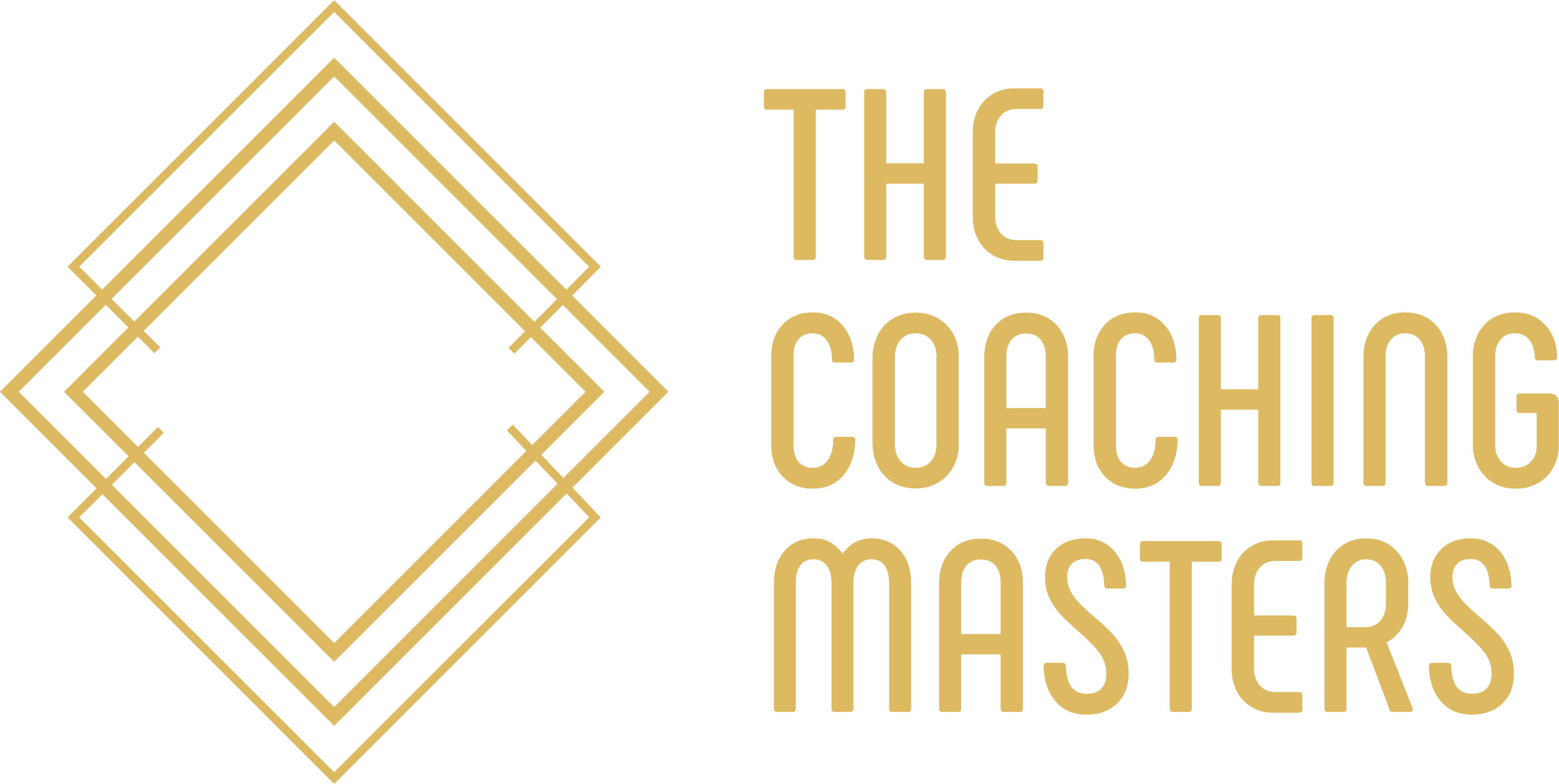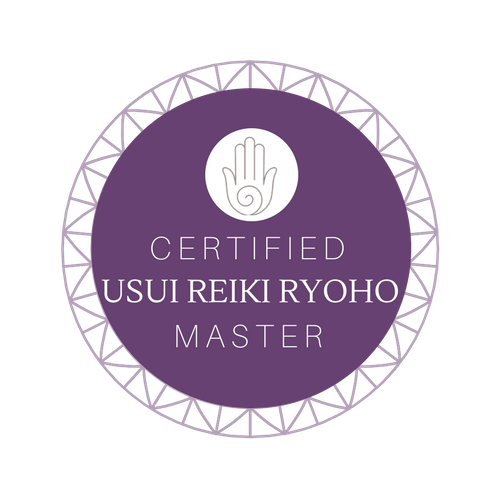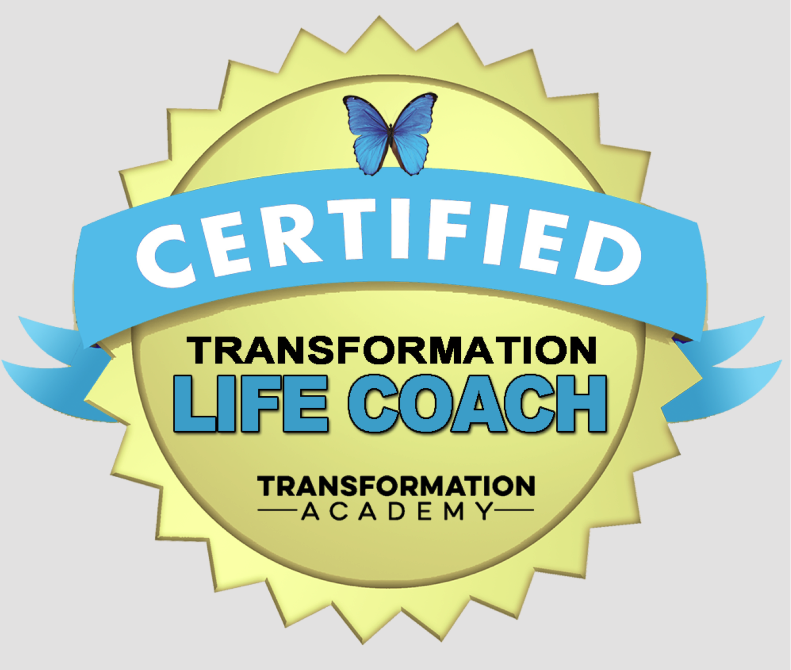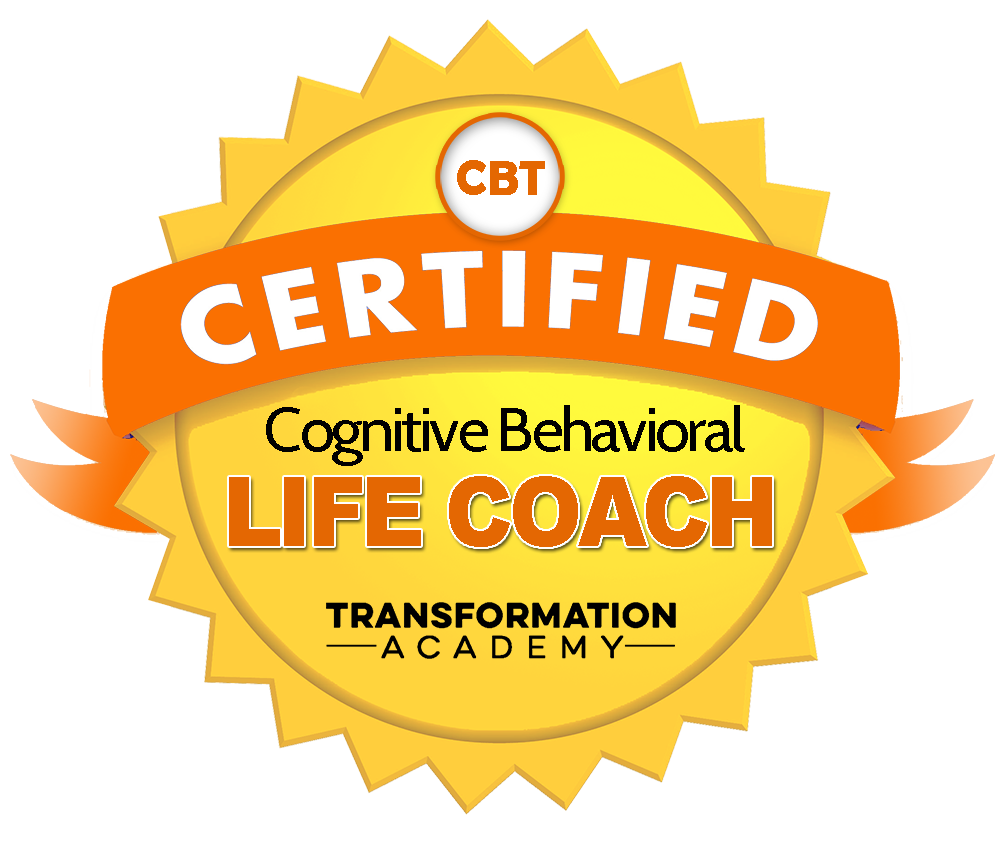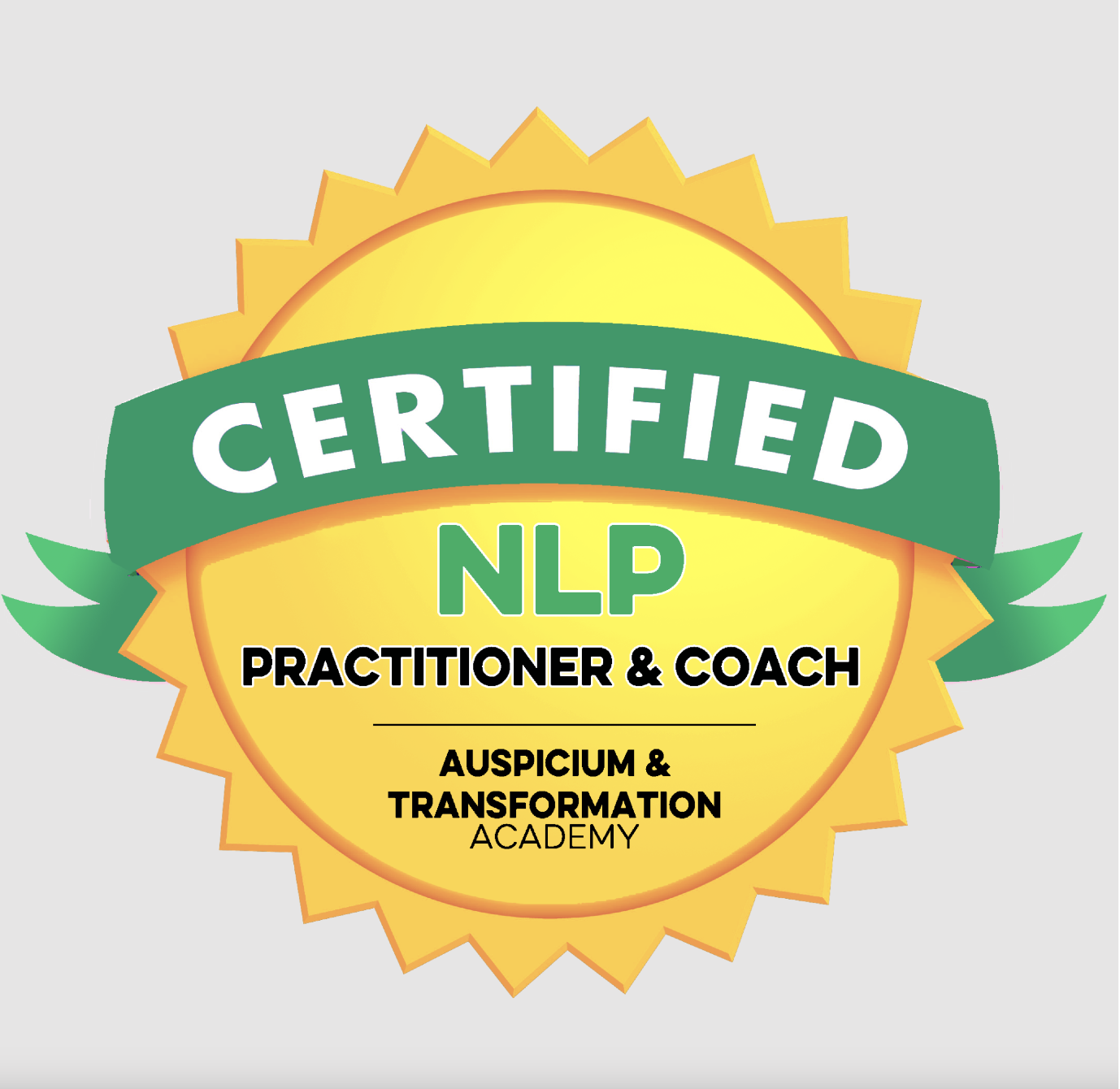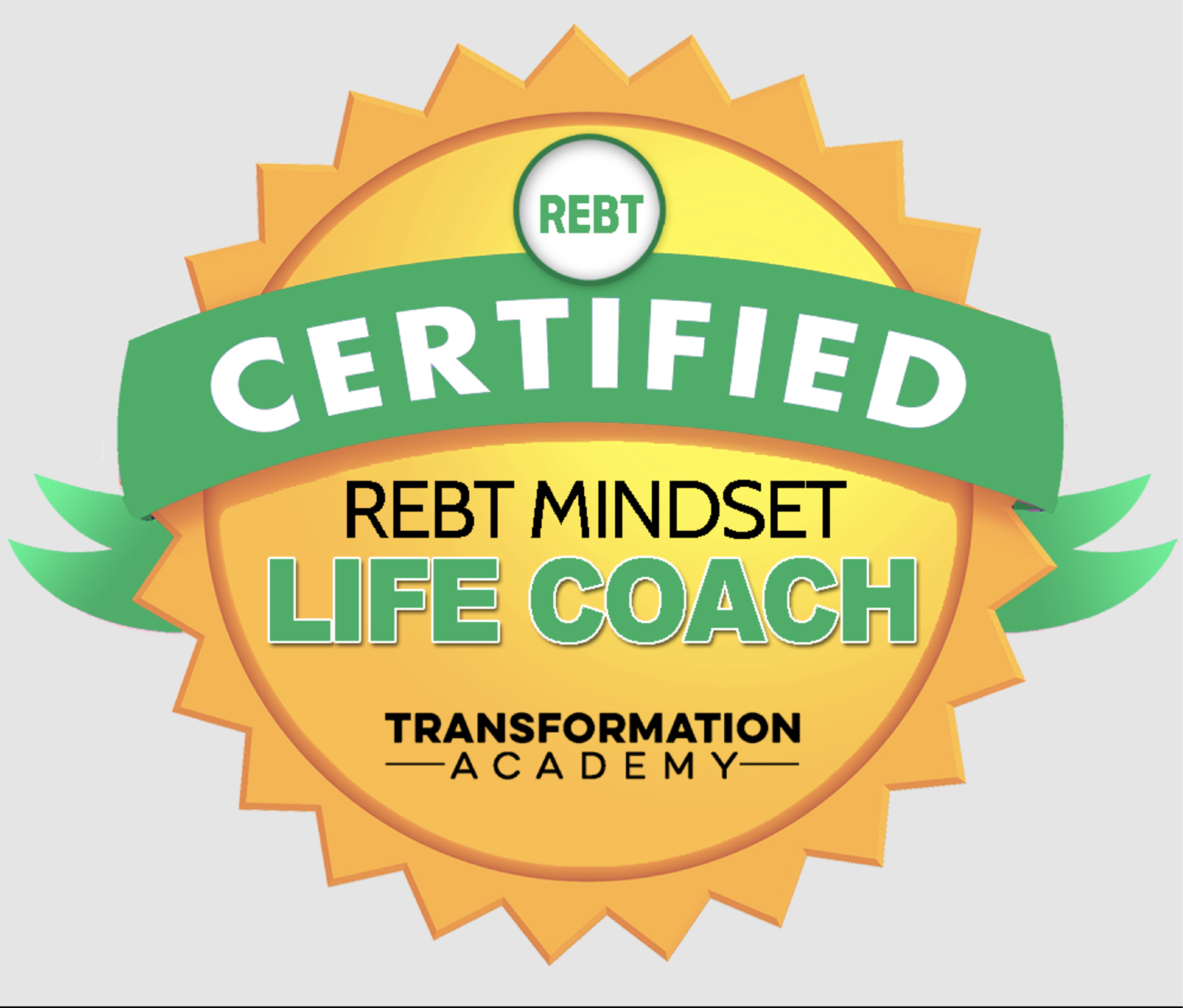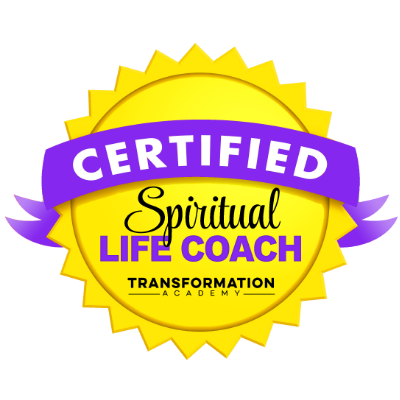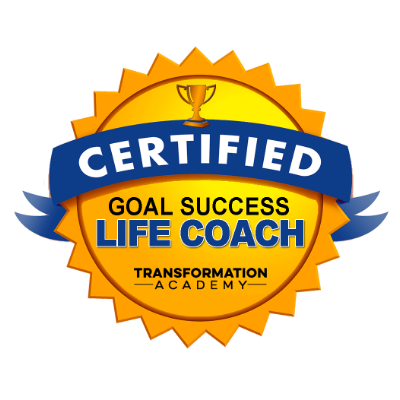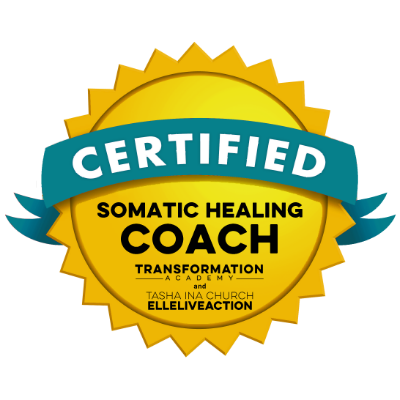Tai Chi: A Practice For All Ages
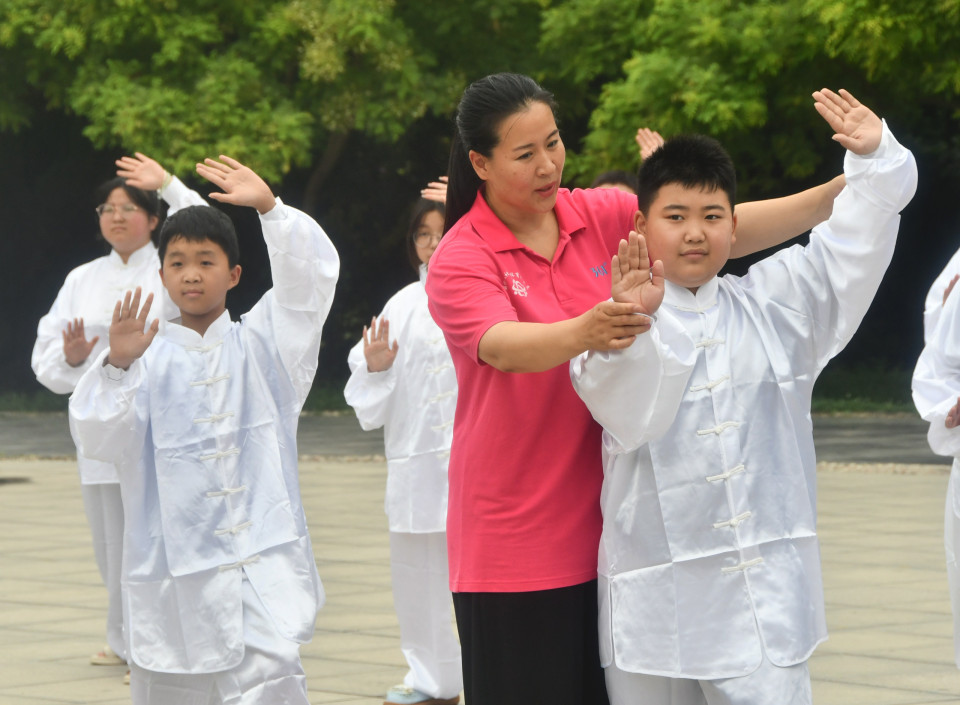
There is a common misconception, particularly among younger generations, that Tai Chi is an exercise exclusively for the elderly. While it is true that Tai Chi is popular among older individuals due to its numerous health benefits, this doesn’t mean that younger people should miss out on its rejuvenating power. In fact, Tai Chi offers several styles and techniques suitable for people of all ages and fitness levels.
Exploring Different Styles of Tai Chi
Tai Chi is not just a slow-moving exercise; it is also a form of martial arts that can be adapted to different needs, including self-defence. One popular style that incorporates subtle movements and self-defence is the **Sun style**. Derived from various kung fu techniques, Sun style is characterised by smooth and flowing movements that can be performed at a gentle pace. This makes it an ideal choice for beginners or those seeking a less physically demanding practice.
In addition to the Sun style, Tai Chi enthusiasts can choose from a range of other styles, each with its unique characteristics. When selecting a Tai Chi style, it is important to consider your personal goals and physical condition. Choosing the style that suits you best will allow you to maximise the benefits of your practice.
Tai Chi Classes: What to Expect
Tai Chi classes are typically kept small, with around 15 to 20 participants. This ensures that everyone has enough space to move freely without bumping into each other, as Tai Chi requires a certain amount of room to perform the movements correctly. The most common age range in these classes spans from early 20s to late 80s, highlighting the broad appeal of Tai Chi and the wide range of people who appreciate its benefits.
Within the medical community, Tai Chi is recognised for its therapeutic potential. Physical therapists often recommend it to patients with arthritis due to its gentle and low-impact movements. The Sun style, in particular, is favoured for arthritis sufferers as it helps to ease joint pain without straining the body. On the other hand, the **Chen style** of Tai Chi, known for its brisk and active movements, may not be suitable for those with arthritis or other physical limitations. If you have any medical conditions or concerns, it's advisable to discuss them with your instructor to find the most appropriate style for you.
Finding the Right Tai Chi Style for You
When participating in a Tai Chi class that introduces various styles, it’s important to focus on what feels comfortable for your body. The best style for you is the one that you can perform easily without experiencing pain or discomfort. Tai Chi should be a pleasant experience, not one that involves forceful or painful movements. It’s about finding a practice that suits your physical abilities and brings you peace of mind.
Preparing for a Tai Chi Session
Before enrolling in a Tai Chi class, it’s important to ensure you have enough time to dedicate to the practice. Typically, classes last for about an hour and are held one to three times a week. Sessions begin with a warm-up that includes gentle stretching and deep breathing exercises. This helps prepare your body and mind for the practice ahead. Instructors may also incorporate brief meditation sessions at the start of the class to calm the mind and centre your focus.
As the class progresses, the instructor will demonstrate various poses and sequences. These movements will eventually be linked together to form longer, smoother sequences. Tai Chi movements are always performed in a soft and graceful manner, regardless of the pace. This approach helps to maintain the integrity of the practice and ensures that participants focus on their posture and breathing.
The End of a Tai Chi Session
Just as classes begin with gentle warm-up exercises, they often end with cool-down routines or short meditation sessions. This helps to bring the body back to a state of rest and relaxation. By the end of a session, you should feel refreshed, relaxed, and more in tune with your body.
If you experience any pain or discomfort during your practice, it’s crucial to inform your instructor. They can modify the movements to better suit your physical limits, ensuring that your Tai Chi practice remains safe and beneficial.
Consulting a Doctor Before Starting Tai Chi
Before starting any new exercise program, especially if you have existing health concerns, it is wise to consult with your doctor. Tai Chi is generally considered a safe form of exercise, but certain movements may need to be adjusted based on your medical history. Your doctor can provide guidance on which movements to avoid and help you tailor your practice to suit your individual needs.
Conclusion
Tai Chi is a versatile and accessible form of exercise that offers numerous benefits for people of all ages. Whether you are looking to improve your physical health, manage a chronic condition, or simply find a peaceful way to de-stress, there is a Tai Chi style that can work for you. By exploring different styles, listening to your body, and seeking advice from healthcare professionals, you can make the most of your Tai Chi practice and enjoy its many benefits. So, don’t let the misconception that Tai Chi is only for the elderly hold you back. Embrace this ancient practice and discover the positive impact it can have on your life.
Click the link below to book your free clarity call or free virtual coffee chat.
Grab a copy of our newletter by completing the form below, this will then be sent to your inbox every month.
My Affirmation For The Week
"To draw, you must close your eyes and sing."
